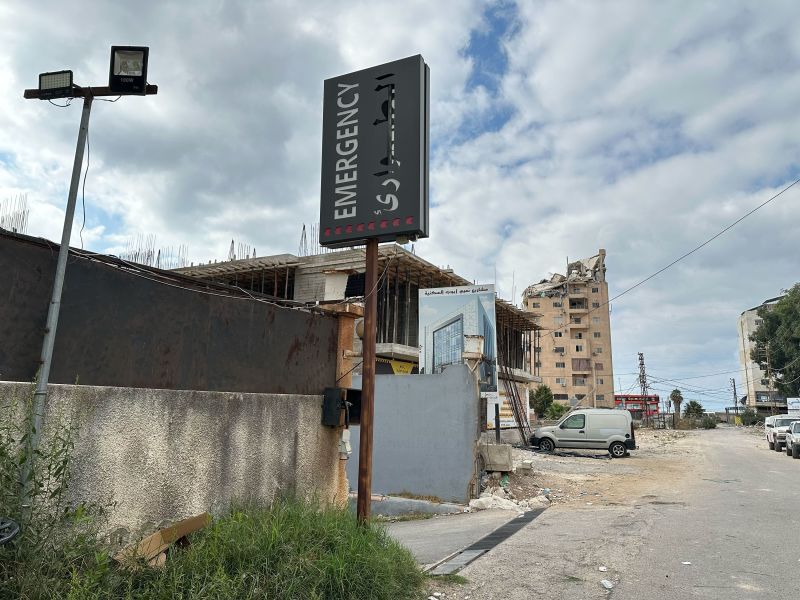Following an in-depth analysis conducted by CNN, it has been asserted that the Israeli military has dropped bombs in ‘lethal proximity’ to at least 19 Lebanese hospitals. This startling detail has brought international attention to the impact of military operations on essential structures like hospitals, raising concerns about the potential violation of international humanitarian law.
The CNN analysis focused on examining the geospatial data, deriving from satellite images that show bomb craters around these health care centers. With the ongoing conflict escalating between Israel and Hezbollah, the medical facilities have unfortunately become potential targets. The ‘lethal proximity’ indicates the bare minimum safety guidelines provided by humanitarian organizations were grossly overlooked.
Throughout history, hitting hospitals during conflict has been considered a violation of international humanitarian law. These facilities represent neutral territories intended for caring for the wounded and sick, regardless of which side they’re on. However, with aerial photos giving evidence to the contrary, it becomes a comprehensive violation of the principles of proportionality and distinction, which are the heart and core of international humanitarian law.
In this context, the ‘lethal proximity’ of bombings near hospitals implies that Israeli forces could have factored in significant collateral damage, including the potential destruction of these hospitals and harm to patients and medical personnel. The magnitude of casualties can be overwhelming, considering that most of these hospitals were likely full given the ongoing conflict.
The implications of these occurrences are manifold. Firstly, this situation has the potential to inflate the humanitarian crisis, with medical facilities under risk of destruction lacking the capacity to accommodate wounded individuals. This complex environment could result in a failure to adequately meet the population’s health care needs, leading to a further increase in morbidity and mortality rates.
One of the most severely affected hospitals was reportedly the Ghazieh Governmental Hospital, located in southern Lebanon. The bombs were dropped dangerously near the hospital, disrupting not just its structure but its essential services as well. It led to a significant reduction in the hospital’s capacity to deliver essential medical support to victims of the ongoing violence.
Secondly, this kind of bombing creates a climate of fear among health workers, causing them to flee their posts and leaving hospitals understaffed. The morale and psychological health of these health workers can also be severely affected, leading to burnouts and possibly creating a workforce crisis in the healthcare industry.
Additionally, attacks on these hospitals also influence the broader health outcomes of the population. The bombing can lead to the cessation of routine activities such as vaccination campaigns and delivery of hospital-based maternity care. This can result in an increase in preventable diseases and maternal and child mortality rates.
As per the CNN analysis, the Israeli military maintains that it does not intentionally target civilian infrastructure, including hospitals. They countered by stating that Hezbollah uses these structures for military purposes, including the placement of rocket launchers close to these medical facilities.
These statistics and accounts underline an impending crisis and augment the necessary dialogue about the impact of armed conflict on healthcare infrastructure and services. Such discussions could hopefully lead to policy reforms and stricter adherence to international humanitarian law to prevent similar incidents in the future. The protection of health facilities during conflicts remains paramount to avoid unnecessary casualties and protect the very essence of humanity that these facilities represent.




